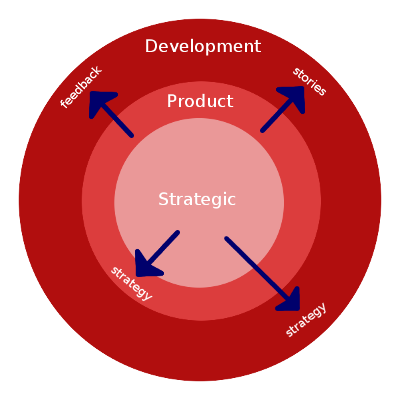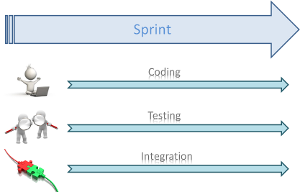Agile development approach
How do you ensure that individuals and teams are aligned with the company strategy? How do you validate your company strategy?
The answer is typically to have good data. When we measure outcomes our organisation become more transparent.
Good data is hard to find though.
The larger an organisation is, the more complicated it becomes and the harder it is to associate cause with effect.







